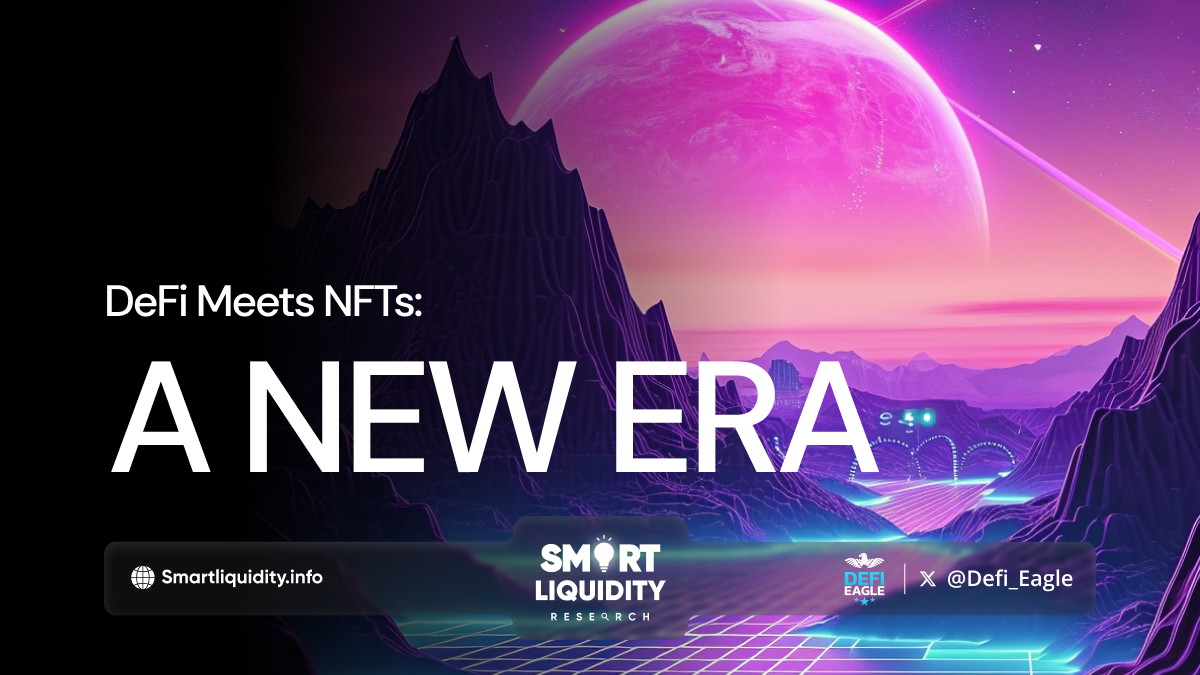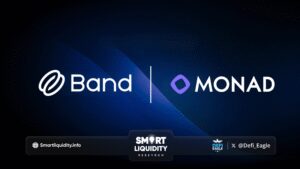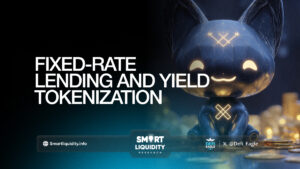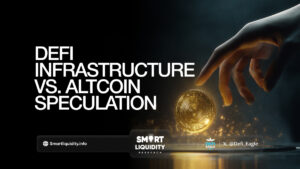DeFi Meets NFTs: A New Era


The world of decentralized finance (DeFi) and non-fungible tokens (NFTs) have emerged as two of the most transformative forces in the blockchain landscape.
DeFi offers a glimpse into a future of peer-to-peer financial services, while NFTs represent a paradigm shift in digital ownership. However, the true magic lies at the intersection of these two innovations. NFT integration with DeFi unlocks a treasure trove of possibilities, reshaping how we interact with and value digital assets.
The Power of Provenance: NFTs as Collateral
Traditionally, obtaining a loan requires an asset with established value to act as collateral. In DeFi, fungible tokens like Ether (ETH) can be used for this purpose. However, NFTs introduce a new dimension – the ability to collateralize unique digital assets like artworks, collectibles, or even in-game items.
Imagine a scenario where an artist uses their NFT artwork as collateral for a loan on a DeFi platform. The platform assesses the value of the NFT based on factors like its rarity, past sales history, and artist reputation. If the loan is repaid, the artist gets their NFT back. However, if they default, the NFT can be liquidated to recoup the loaned funds. This empowers creators to access capital without selling their prized possessions.
Unlocking Liquidity: Fractionalized Ownership of NFTs
NFTs represent a unique asset class, but their illiquidity can be a challenge. DeFi offers a solution through fractionalization. Here, an NFT is divided into smaller, tradable ERC-20 tokens, allowing a broader investor base to participate in ownership. This not only increases liquidity for the NFT but also opens doors for novel investment opportunities.
Consider a high-value NFT representing a piece of virtual real estate in a popular metaverse game. Fractionalization allows multiple users to own a portion of the asset, benefiting from any potential appreciation in its value. This democratizes access to high-priced NFTs and fosters a more vibrant secondary market.
Beyond Art and Collectibles: NFTs for Real-World Assets
The potential of NFT integration with DeFi extends beyond the realm of digital collectibles. Real-world assets like luxury goods, real estate titles, or even intellectual property can be tokenized as NFTs. These NFTs can then be integrated with DeFi protocols, enabling innovative financial products and services.
For instance, imagine a DeFi platform allowing users to invest in a fraction of a luxury car represented by an NFT. Investors could earn passive income from the car’s rental or even appreciate in value as the car becomes a collector’s item. This opens doors for alternative investment strategies and increased asset utilization.
Building Evolving Communities: NFTs and DAOs
Decentralized Autonomous Organizations (DAOs) are community-driven entities governed by smart contracts. NFTs can play a crucial role in DAO governance by serving as membership tokens. Owning an NFT grants voting rights and access to exclusive benefits within the DAO.
A music DAO, for example, could issue NFTs representing ownership rights to a musician’s album. These NFT holders could then participate in DAO governance, influencing decisions like merchandise production or future music releases. This fosters a deeper connection between creators and their fans, creating a more collaborative and sustainable ecosystem.
Challenges and Considerations: The Road Ahead
While NFT integration with DeFi presents a plethora of opportunities, there are challenges to navigate. Smart contract vulnerabilities can pose security risks, and the valuation of NFTs can be subjective, impacting their viability as loan collateral. Additionally, regulatory frameworks surrounding NFTs and DeFi are still evolving, creating uncertainties for both developers and users.
Despite these challenges, the potential benefits of NFT integration with DeFi are undeniable. As the technology matures and regulatory frameworks become clearer, we can expect even more innovative applications to emerge. This convergence has the potential to redefine ownership, unlock new financial instruments, and foster a more inclusive and dynamic financial landscape.
Looking Forward: A Symbiotic Future
The future of finance lies in the seamless integration of DeFi and NFTs. NFTs provide DeFi with a new asset class with unique properties, while DeFi offers NFTs the liquidity and financial utility they need to thrive. This symbiotic relationship will lead to the creation of a more open, transparent, and user-centric financial ecosystem, empowering individuals and communities to participate in the digital asset revolution.




